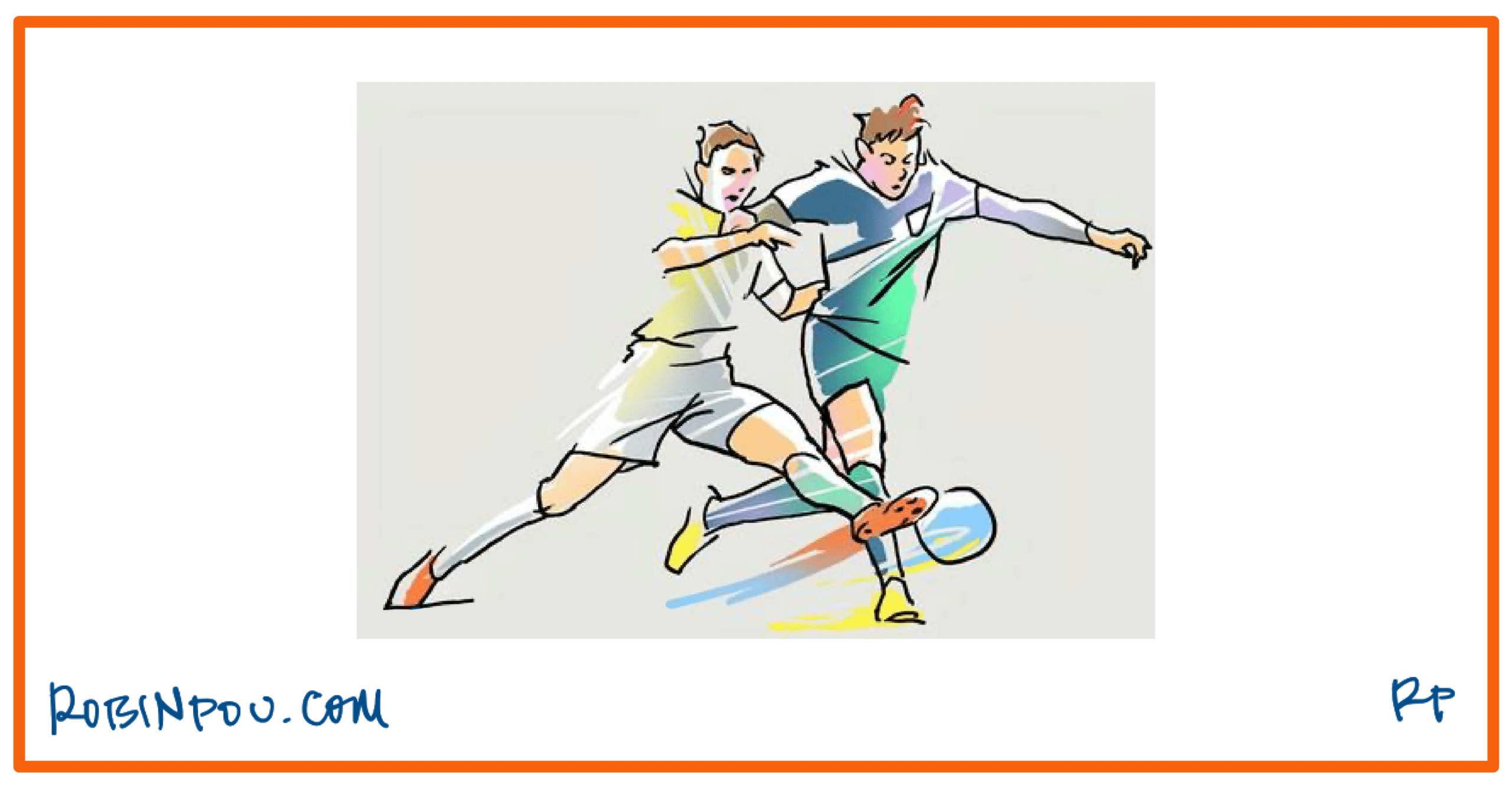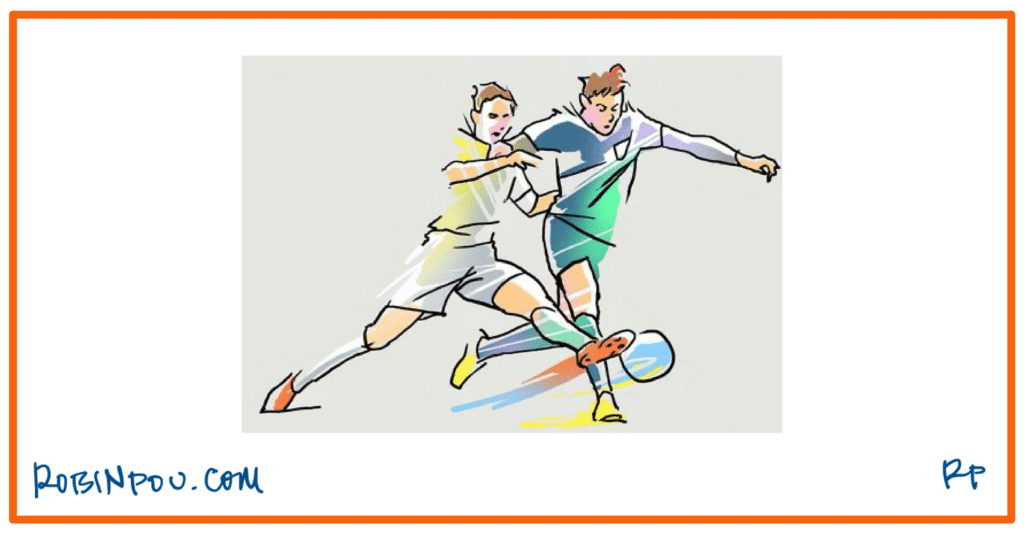Are You Playing Offense or Defense? (#242)

The Confident Leader
BOOST YOUR LEADERSHIP IN UNCERTAIN TIMES
Sean, a CEO I coach, was feeling stuck. He’d built his career on playing aggressive offense—seizing opportunities, pushing initiatives forward—but now, in a high-pressure moment, his instincts weren’t producing results. In fact, he was posting some losses. He wondered: “What’s happening?”
“The supreme art of war is to subdue the enemy without fighting.”
— Sun Tzu
This Week’s Edition
Harvard Business Review found that leaders who flex between offensive and defensive strategies increase their teams’ effectiveness by 25%.
Clarify Your Thinking
Every leader has a default mode: offense or defense. These “factory” settings can be identified even at an early age.
I used to coach soccer for our kids and could identify the offensive and defensive-minded players. For example, one dad desperately wanted his son to play striker (offense). Even though I initially honored the father’s request, his son retreated to defend against the opponent’s potential threat. Eventually, I moved him to sweeper (defense), and the other team rarely scored on us.
When things are steady, leaders can navigate between offense and defense. But pressure changes the game. Some leaders press harder—taking bigger swings, making faster decisions. Others hunker down—mitigating risk, scrutinizing details.
Neither approach is wrong. The issue is when our default mode isn’t what the situation necessitates. If a company is losing market share, playing defense won’t reverse the trend. If a team is burned out, pushing harder won’t fix it. The challenge isn’t whether you’re wired for offense or defense, it’s knowing which approach is needed and when to shift.
Old Thinking: I’m an offensive leader. If I push forward hard enough, things will work out, right?
New Thinking: My job isn’t just to play my game. It’s to read the field and make adjustments as needed.

Thoughts Lead to Actions
Adaptive leadership means knowing when to play offense and when to play defense. Here’s how you can build that skill:
- Train for Flexibility: Spend a week consciously switching approaches—attack problems differently than you normally would. You’ll build the muscle for adaptability. Tell your team about this experiment so they can give you real time feedback.
- Assess the Moment: Ask yourself, “Does this challenge require more push or more protection?” The answer guides your next move.
- Balance Risk and Restraint: If you’re naturally aggressive, practice measured decision-making. If you’re risk-averse, challenge yourself to take calculated bets.
When leaders learn to shift gears, they improve their outcomes. Don’t let your default setting determine your leadership—choose the right strategy for the moment.
Boost Your Performance

What’s Your Opinion?
When was the last time you had to switch from offense to defense (or vice versa)? Share it with me at robin.pou@robinpou.com.
If you are going to be a leader, you might as well be a good one. Don’t let doubt count you out. Have a confident week!

Robin Pou, Chief Advisor and Strategist
We live to make bad leadership extinct so forward this newsletter to others who strive to be confident leaders.
SUBSCRIBE TO THE CONFIDENT LEADER
Let’s Connect
Follow me on Linkedin, Facebook and Twitter.
What is “The Confident Leader”?
During the Covid-19 Pandemic, I began a video series called “Panic or Plan?” It was designed to equip leaders to navigate the doubt they experienced and to rise in the confidence they needed to lead during turbulent times. It took off. I then started this newsletter to equip leaders in the same fashion each week for the doubt that crashes across the bow of their leaderSHIP.

